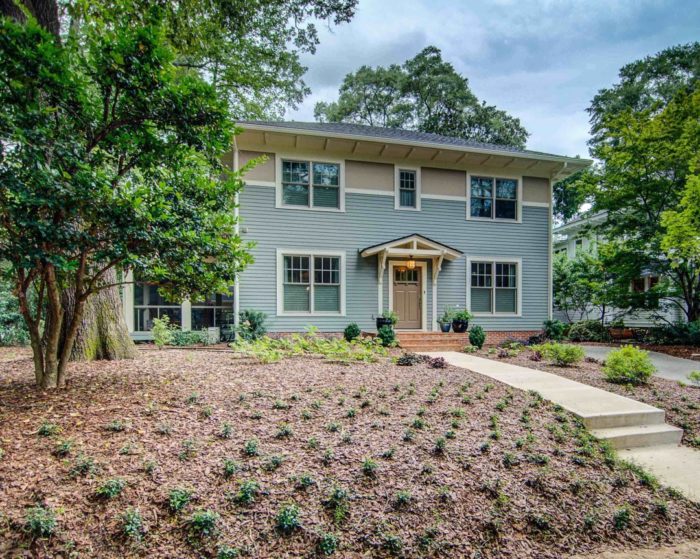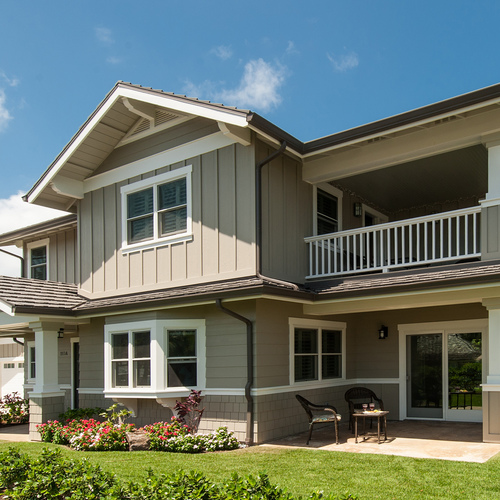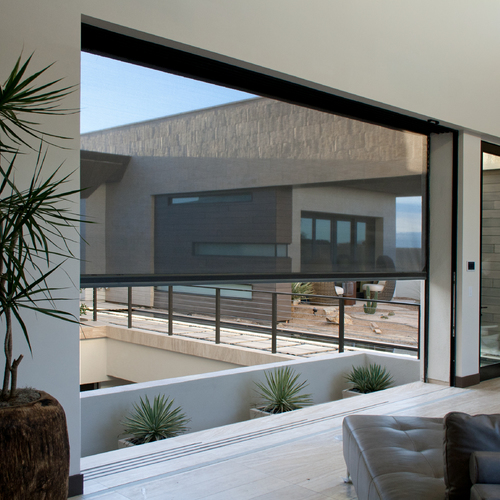Image Credit: Tim Ridley
The U.S. Green Building Council has named a high-performance house in a Decatur, Georgia, historic district as its 2017 Outstanding Single-Family Project.
The house will be familiar to Green Building Advisor readers. Carl Seville, who built and owns the 2,646-square-foot, two-story home, is a longtime GBA author who detailed the ups and downs of this home’s construction in a series of posts beginning in 2016.
Seville is a principal at SK Collaborative, a consulting company that offers a variety of services revolving around green building. The house was designed by Thomas Bateman Hood Architecture in Carmel, California.
Seville, a former remodeler, and his partner Abe Kruger offer consulting services to builders, architects, and remodelers. One service is certifying green buildings under a number of programs, including the U.S. Green Building Council’s Leadership in Energy and Environmental Design (LEED). The Historic Infill Home, as it’s called, is a LEED Platinum home that has won a number of other certifications and awards.
“The Historic District Infill Home manages to fit seamlessly into a prestigious existing historic district while meeting the highest standards of energy efficiency and sustainability through its LEED Platinum certification,” the USGBC announcement said. “The 100 percent electric home employs state-of-the-art concepts in design, construction, and mechanical systems.”
As Seville described in a 2016 post, the house came after two earlier attempts at construction on the site fizzled. Seville bought a 750-square-foot cottage on the property in 2005. His first attempts to win local approval for a new house on the property failed. Then, in 2013, after failing to get a mortgage from a local bank for a new house, Seville decided to remodel the 1925 cottage. The renovated cottage, protected by historic preservation rules, eventually became an accessory building on the lot when the new house was constructed. Work on the new house started in 2016.
Seville started writing his blog series for GBA, the “Green Building Curmudgeon,” in 2008.
“I’ve come to think of this project as a ‘stealth’ green home,” Seville wrote a year after moving in, “primarily because it doesn’t have the touchstone ‘green’ features people think about: solar panels, ground-source heat pumps, a heat-pump water heater or tankless water heaters, and maybe that key one, spray foam insulation.
“It’s also a very traditional design which doesn’t seem to get as much attention as contemporary architecture these days,” he continued. “But I don’t care what people think about it. We are enjoying the house, the porch, and even the carport and driveway which, it ends up, is an awesome party space.”
Other award winners
Other projects recognized in the 2017 LEED Homes Awards were these:
- Project of the Year: The House at Cornell Tech, Roosevelt Island, New York, is a 26-story Passive House apartment building.
- Outstanding Single-Family Developer: Maracay Homes in Scottsdale, Arizona. The company has built more than 9,000 homes in Phoenix and Tucson.
- Outstanding Multi-Family Developer: The Hudson Companies Inc., which has completed more than 3,500 housing units in the New York metro area, including The House at Cornell Tech.
- Outstanding Affordable Project: Crescent Crossings Phase 1, Bridgeport, Connecticut, is a four-part project that is helping to transform a high-crime section of the city.
- Outstanding Affordable Developer Builder: Native American Connection, Phoenix, Arizona. The project offers high-quality, safe, and affordable apartments to both individuals and families.
-
Weekly Newsletter
Get building science and energy efficiency advice, plus special offers, in your inbox.
















2 Comments
Congratulations, Carl.
It seems you did a great job finding the sweet spot between efficiency and practicality. Any further lessons-learned now that you've been in the home for more than a year?
Well deserved!
Glad to hear it, I love this house.
Log in or create an account to post a comment.
Sign up Log in